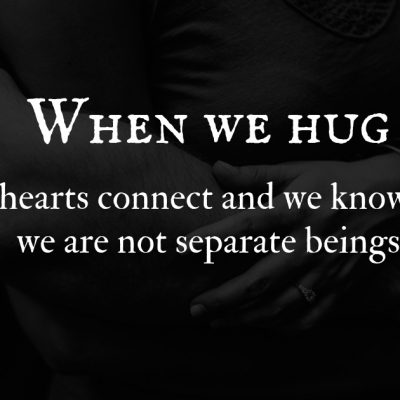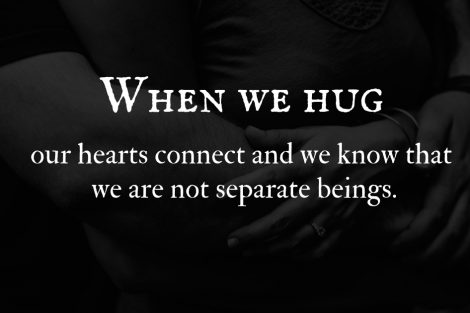Many of us agree that people with dimples are very cute when they smile. But perhaps few of us know the science behind this. So why do only some people smile with a dimple (or two, most likely)? First of all, there are two types of dimples: chin and cheek dimples. We’ll be referring to the cheek ones here.
The science behind this facial feature is quite fascinating. However, scientists don’t always agree on the facts. What makes them divided? Here’s what you need to know about this cute trait that you’ve always longed to have.
The Genetics and Anatomy of Dimples
For a long time, scientists considered them a genetic trait, meaning that if both your parents had them, you would get them too. Today, some researchers argue that it’s not 100% sure that you’ll inherit this from your parents. Although there are numerous studies on the genetics of dimples, there is limited research on their anatomy.
There are a couple of theories that explain potential causes. The generally accepted one is that they are actually a defect in the facial muscle called zygomaticus major. This large muscle that exists in the side of your face is supposed to be in one piece. When there’s a divide in the muscle, that’s right: you get dimples.
The other theory which is less popular is that shorter muscles around the mouth cause this facial feature. So according to both theories, technically dimples are a deformity. This is probably something that hasn’t crossed your mind while admiring your friend’s precious dimpled smile. If you’re still a bit puzzled about why some of us have this trait, it’s alright: so are some scientists.
Because individuals can lose or acquire this facial feature throughout their lifetime, the exact number of people with cute smiles cannot be determined. However, it looks like around 20% of the population have them.
Is There Any Advantage to Having Dimples?
Studies seem to indicate so. Apparently, these slight depressions in the skin remind us of babies and children, which have evolved to be attractive and cute to human adults. This evolutionary trait makes bonding with our offspring easier.
In another recent study, researchers suggested that dimples may have evolved to help us communicate via our facial expressions. So if you’re from those lucky 20%, it’s very likely that people will notice your smile more, and remember it too.










